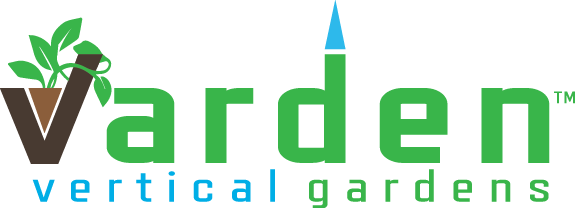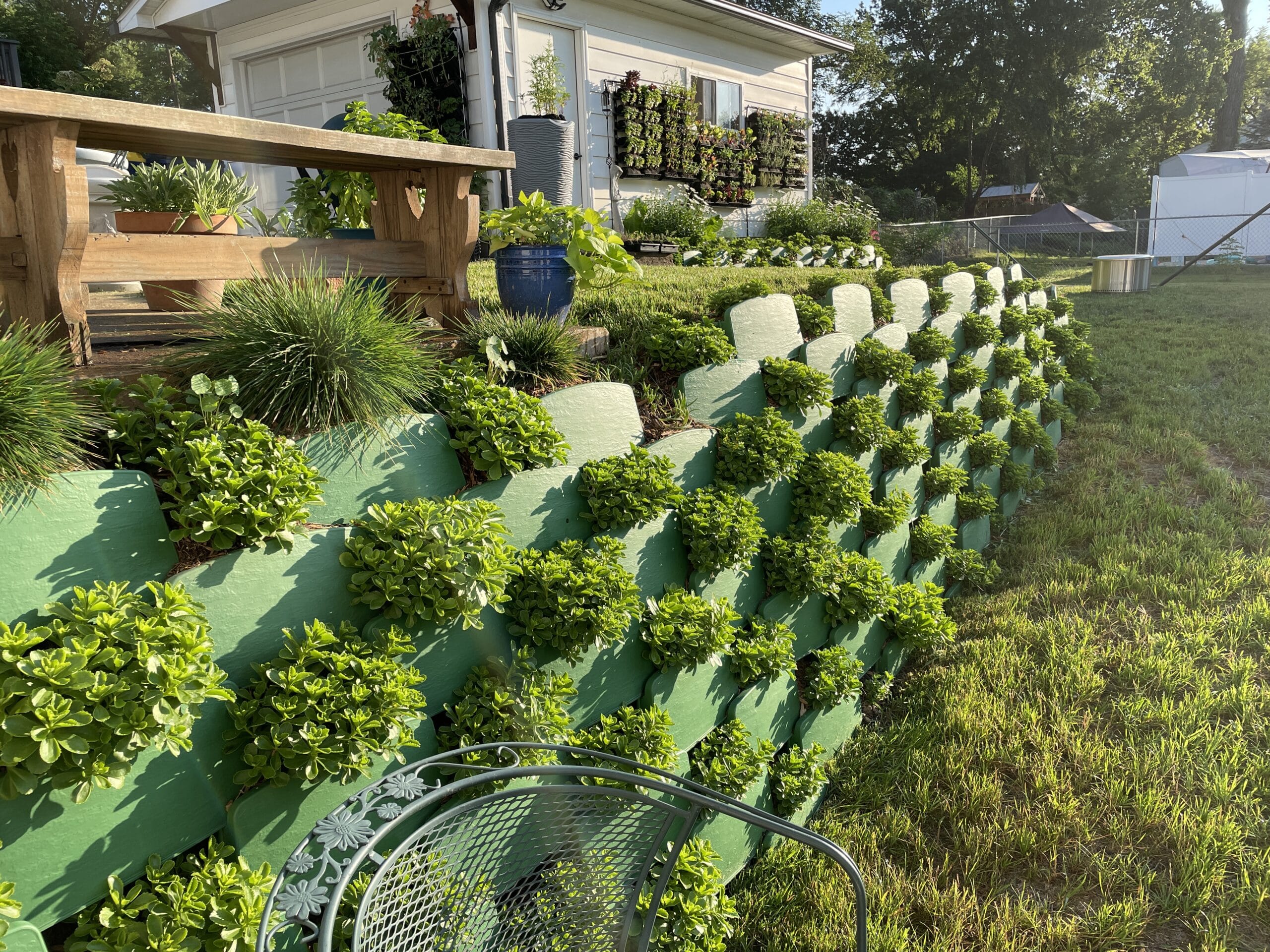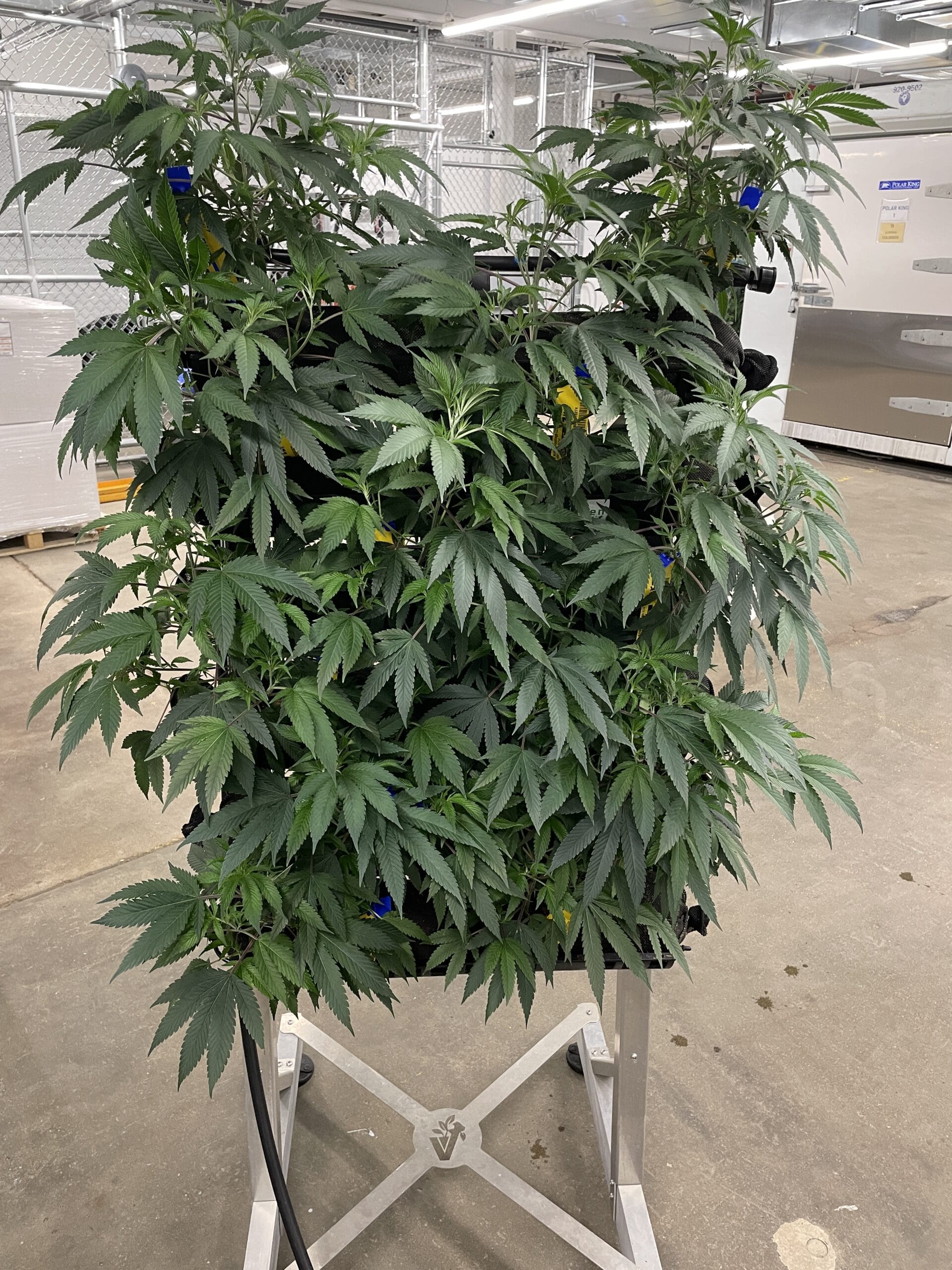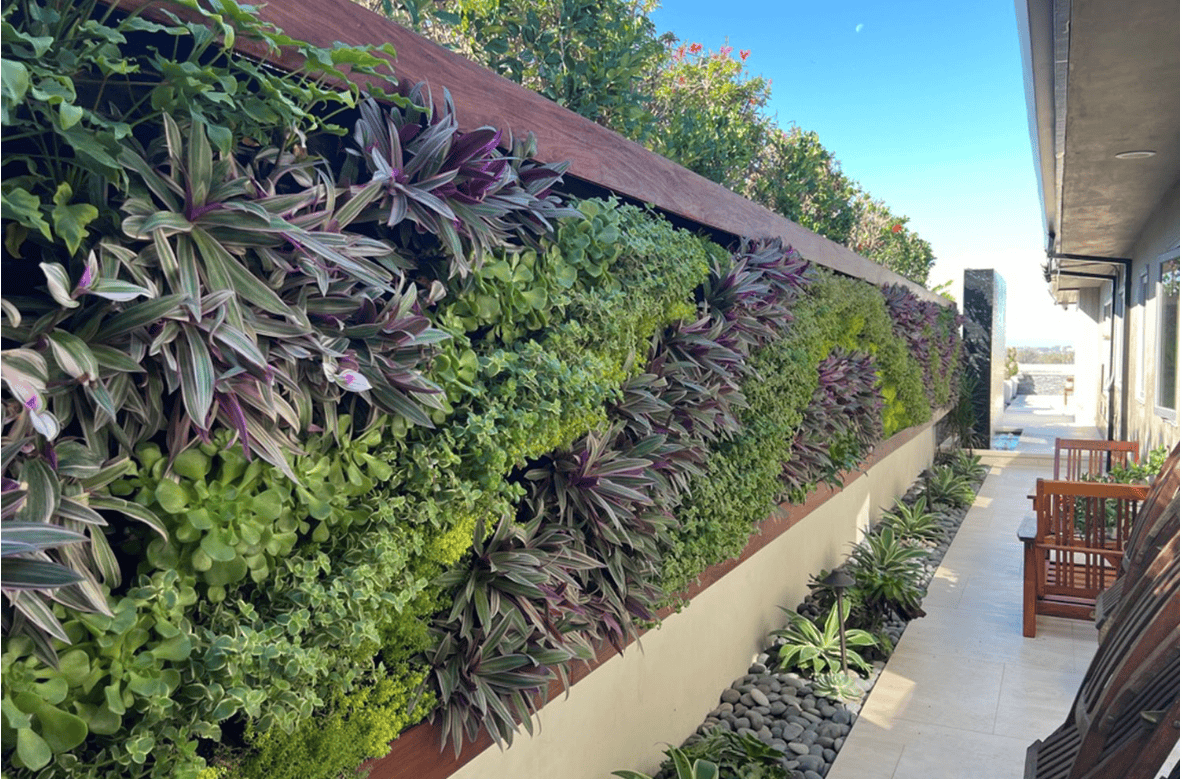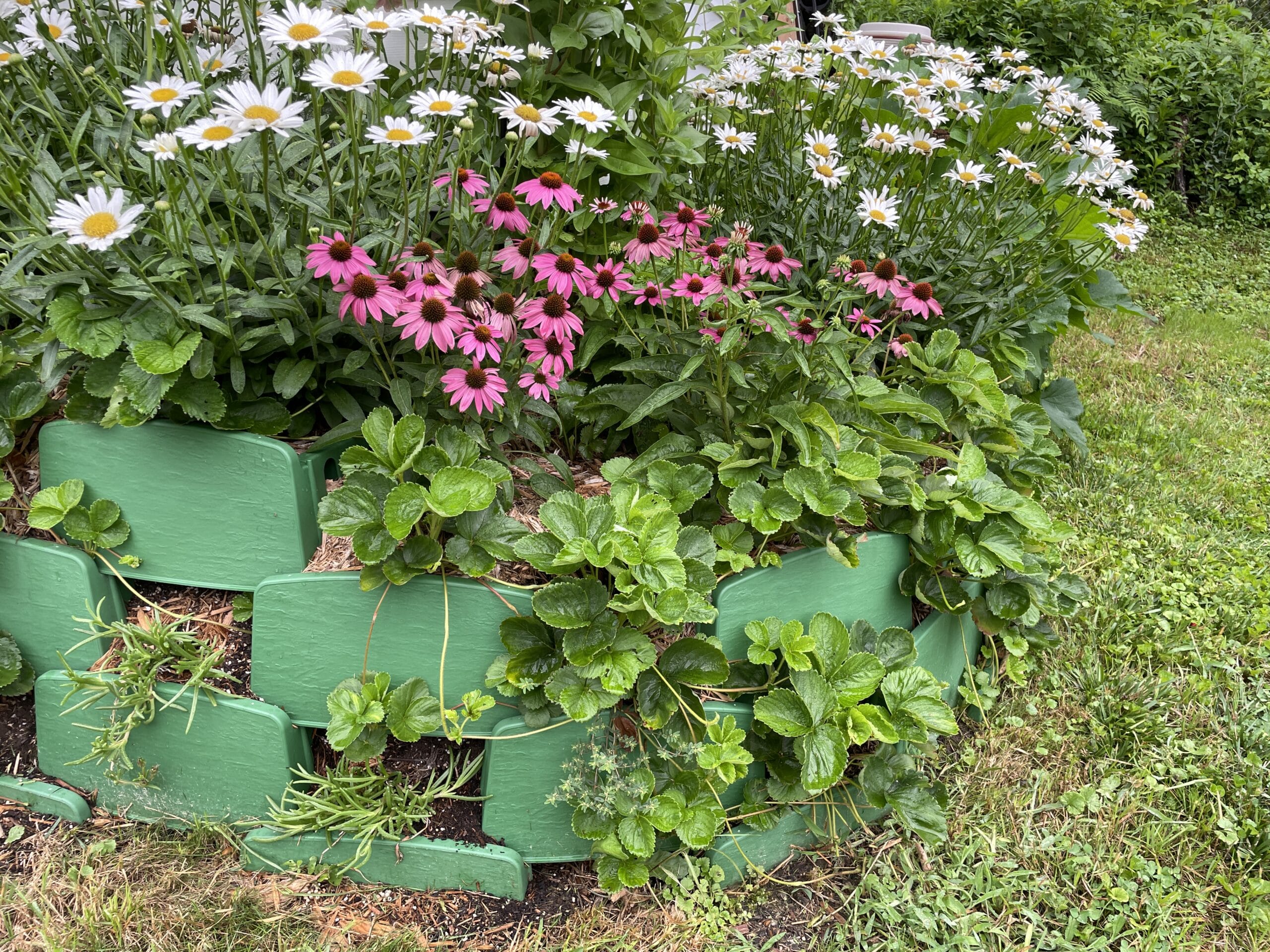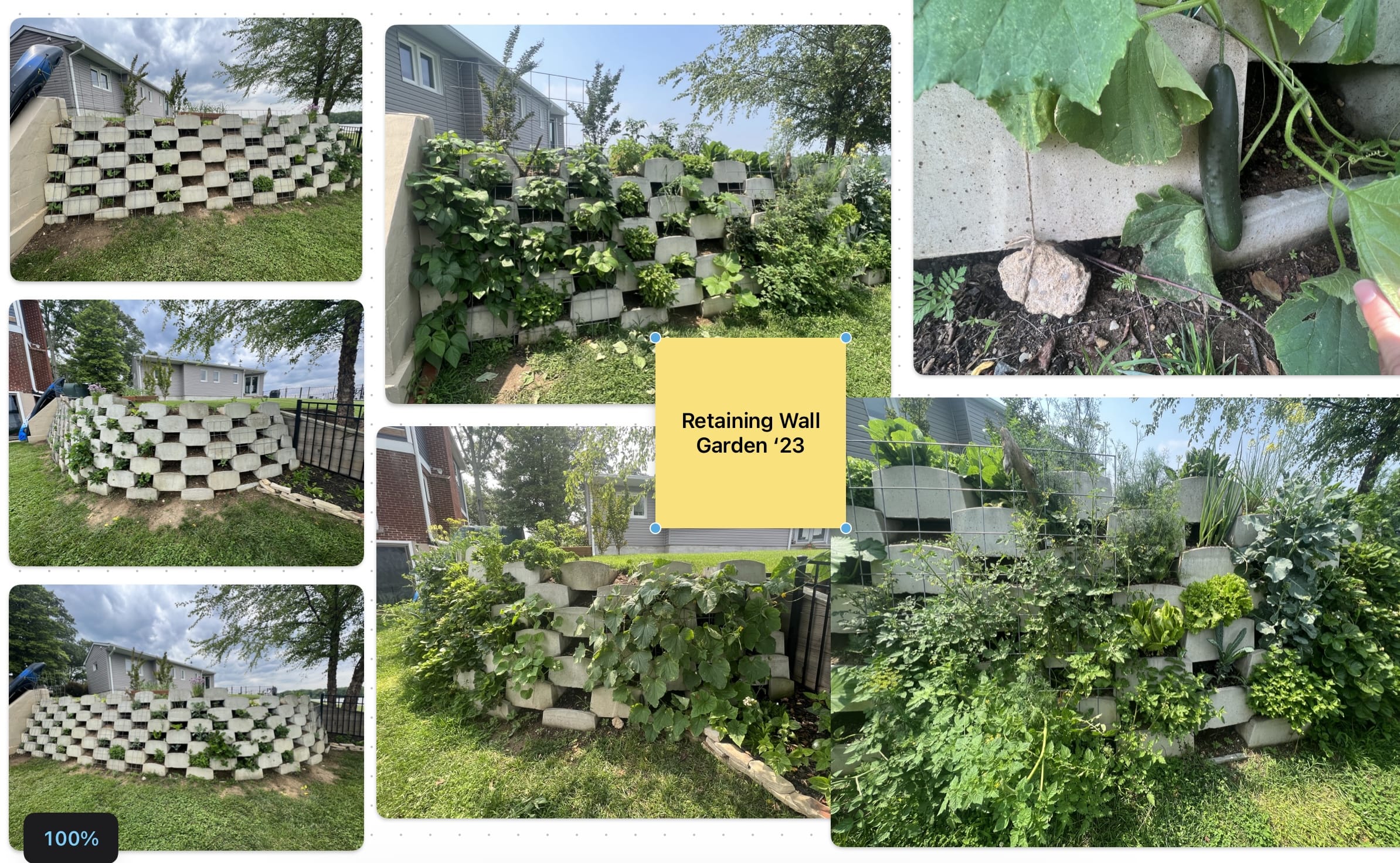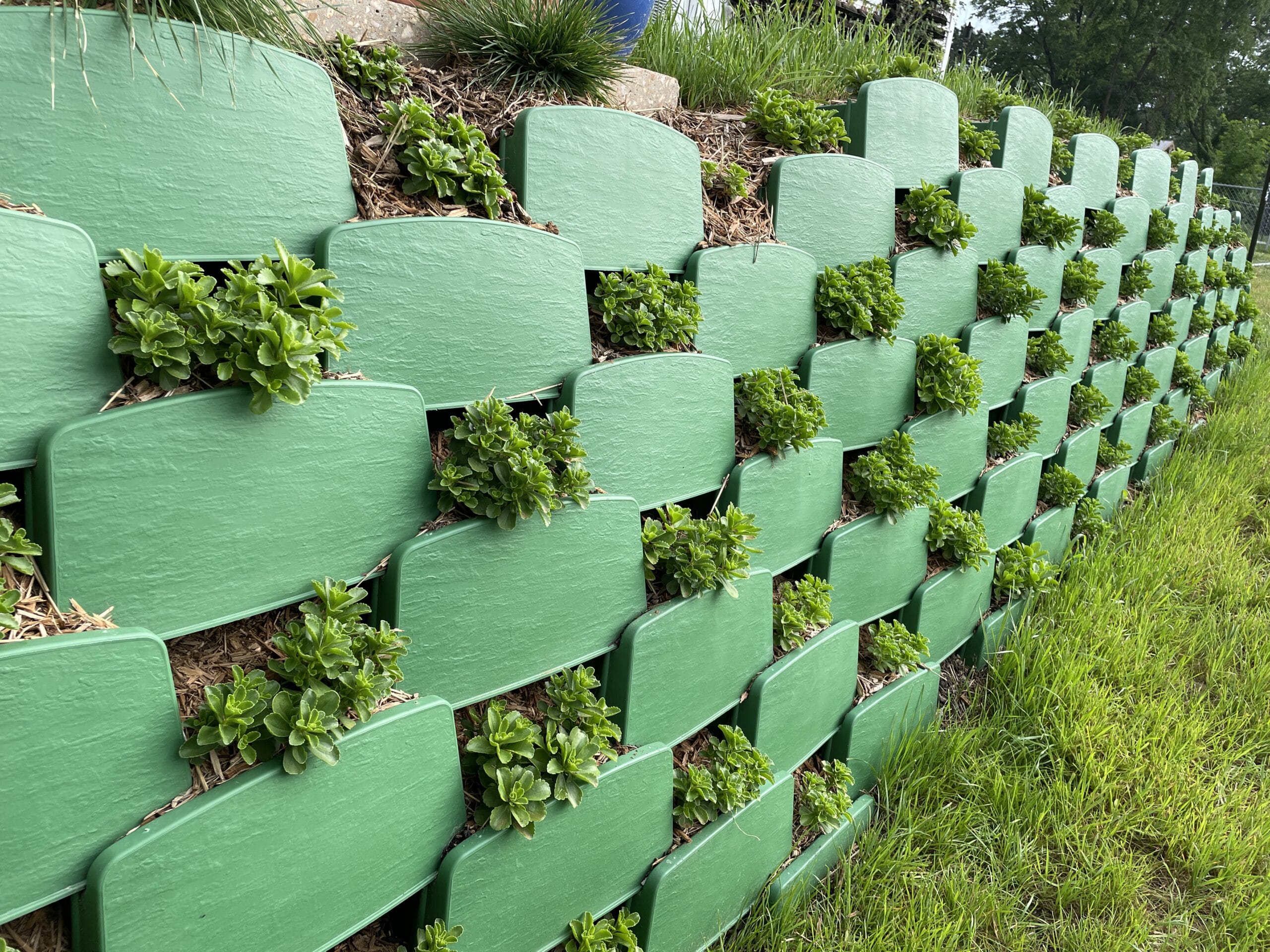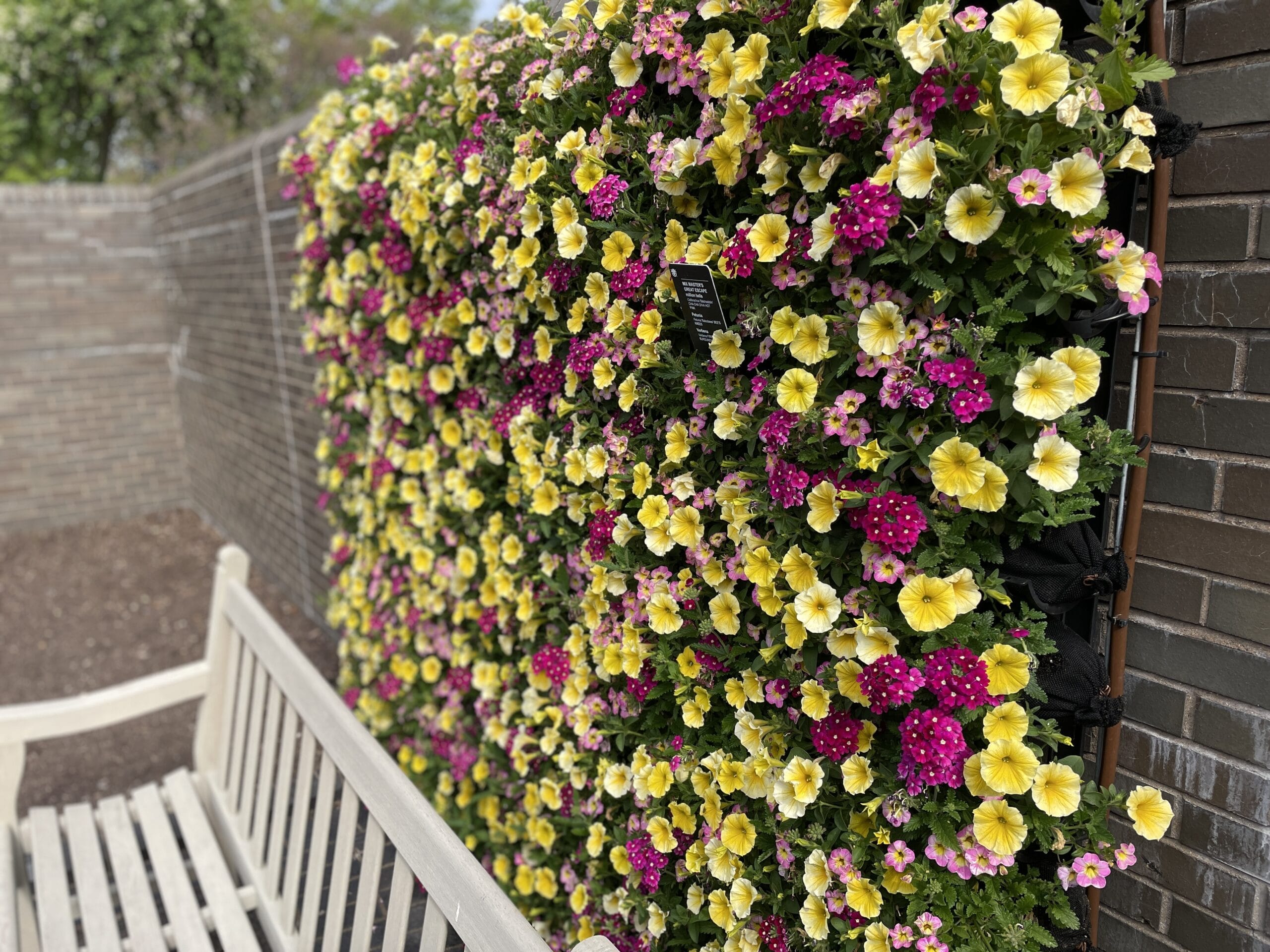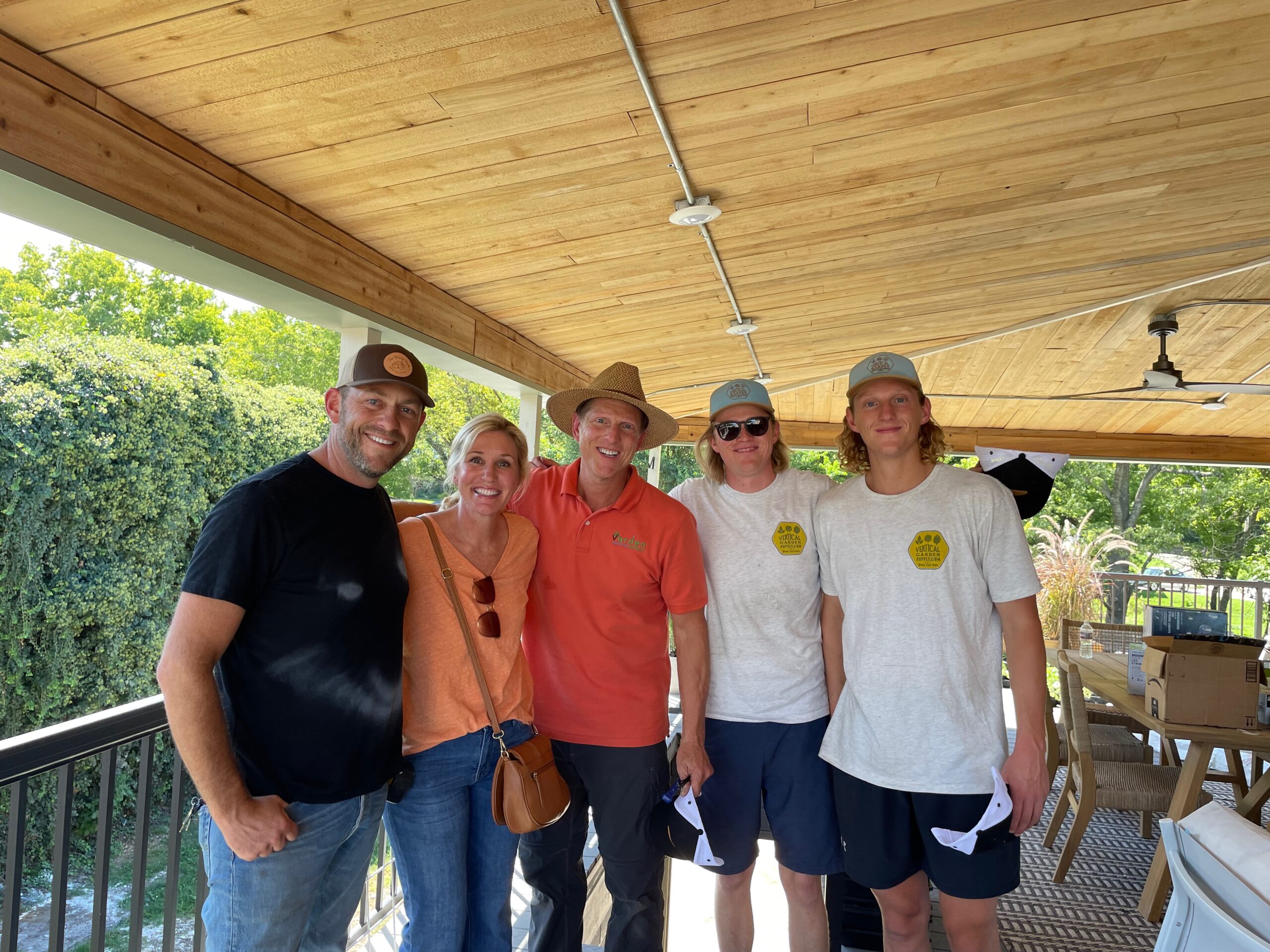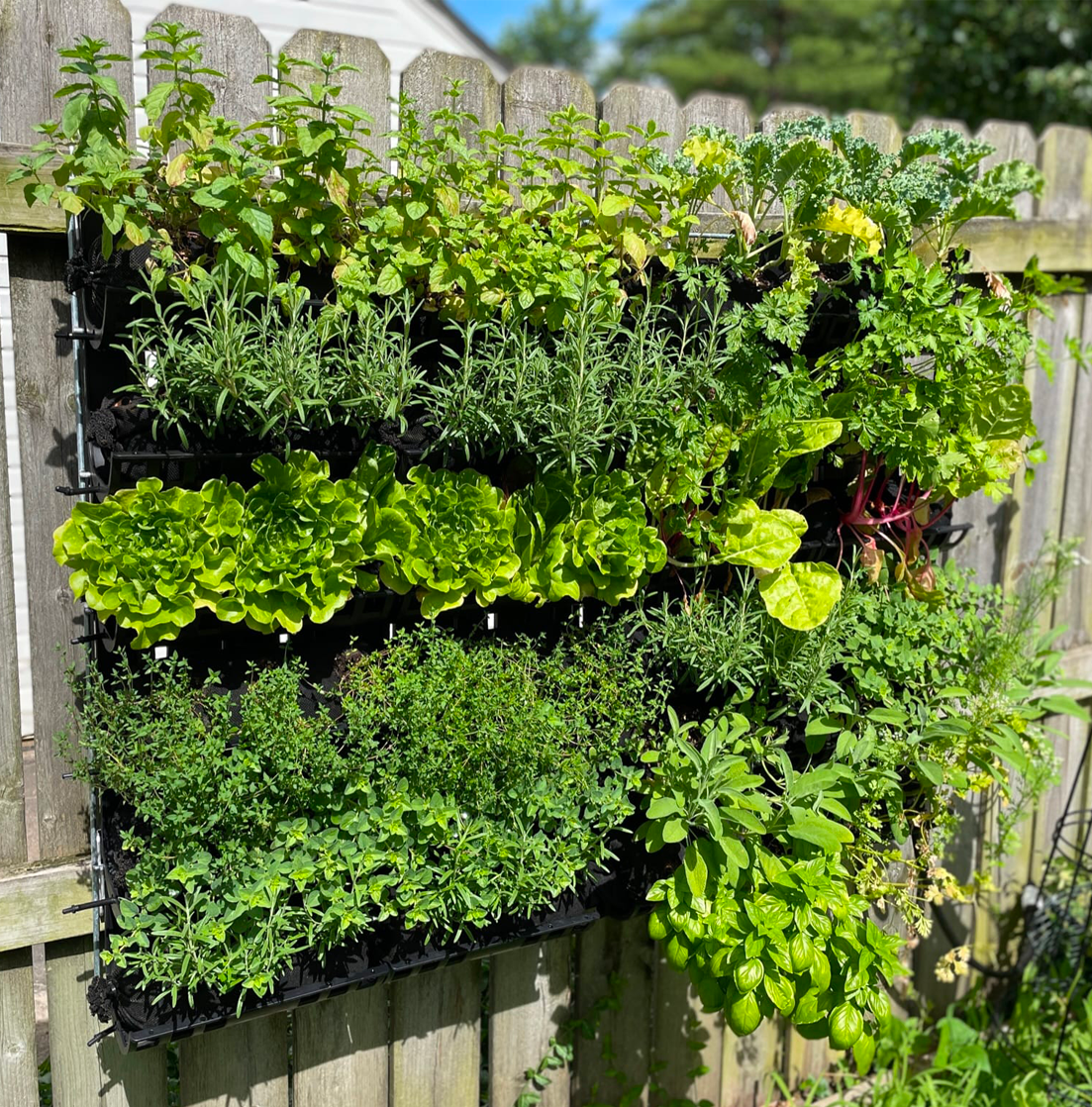Pros and Cons of Alternative Gardening Practices
In this blog, I’d like to cover a few alternative gardening practices. I will cover some advantages and disadvantages of each. As a horticulturist, I am biased to growing in soil, but I appreciate all types of gardening! There are plenty of great options on the market for beginners. All great products still require some additional effort, regardless of what benefits the system offers. Today I will cover some features of: aeroponic systems, grow tower systems, garden tower systems, aquaponics, vertical hydroponic tower gardens, raised beds, and vertical garden systems.
Aeroponics– a plant-cultivation technique in which the roots hang suspended in the air while nutrient solution is delivered to them in the form of a fine mist.
Grow Tower– The solution cascades down the Tower Garden, nourishing plants. A low-wattage, submersible pump in the reservoir pushes the nutrient solution to the top of the Tower Garden through a small central pipe. The nutrient solution then drips down the inside of the Tower Garden, evenly cascading over the exposed plant roots.
Garden Tower– a vertical, aeroponic growing system, allows you to grow herbs, fruits and flowers in minimal space—indoors or out. It’s the perfect companion in your journey toward healthy living.
Aquaponics– a system of aquaculture in which the waste produced by farmed fish or other aquatic animals supplies nutrients for plants grown hydroponically, which in turn purify the water.
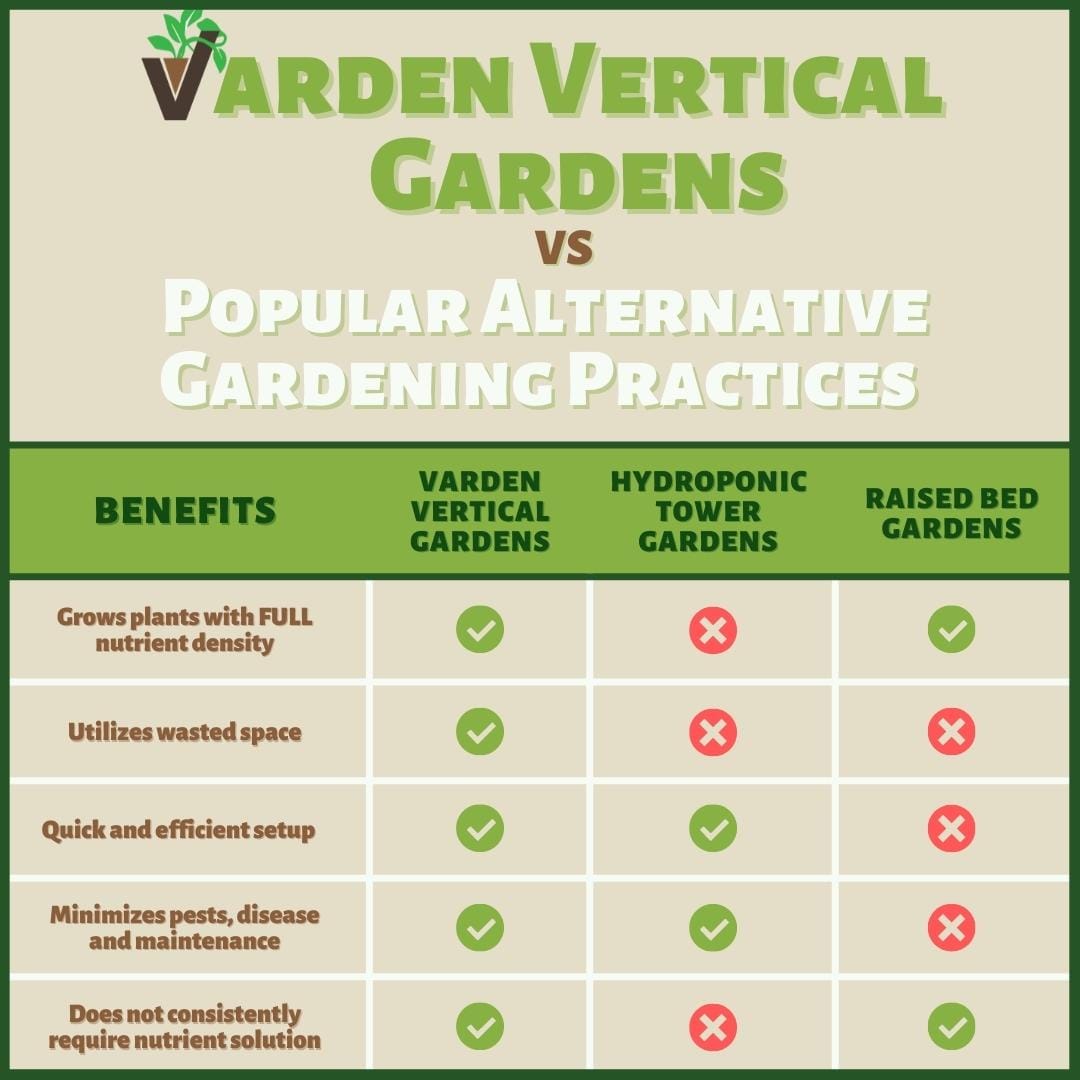
Most beginners are drawn to the hydroponic system or tower garden because it seems so simple to grow veggies in, all you have to do is add nutrient solution and it’s self-watering! The vertical hydroponic systems require a small amount of square feet and tend to be modular. You can add additional levels to accommodate more plants and LED grow lights if you are planning on doing some indoor gardening. While these are all great benefits, I want to caution you about the actual nutritional value that a hydroponic tower adds to your veggies and microgreens. When gardening in soil, you have a very diverse soil profile with beneficial micro and macro nutrients. These nutrients are curated by years of plant material being broken down and being stored in the soil for new plants to uptake. This cycle of life creates a healthy soil biome that can’t be recreated and bottled. If you want nutrient dense food, it is hard to accomplish by adding a synthetic solution to your water in a hydroponic tower. The roots must constantly be showered by this solution in order to keep them alive. While it is an awesome benefit to be self-watering, it can be a double-edged sword. If your power goes out or the outlet of your submersible pump is plugged into trips, your whole system shuts down. The pump that is driving power to your water tank is out of commission and can no longer keep your veggies watered. Within an hour most of your grow kit will be shriveled and, on its way, to dying. This could happen while you are at work or out of town and most of the time it’s too late to bring back to life. Soil is awesome at retaining moisture and can sustain plants much longer without having water showered over it constantly. The key to having a successful tower garden or vertical hydroponic system is starting small seedlings in rockwool, this is the substrate your plants will be growing in. This is a very simple process to get started, but the plants can outgrow the rockwool and dry out much faster than growing in soil. The tower garden method is great at conserving space and being highly productive, but there can be a larger margin for error. I suggest watching some videos and reading up on vertical hydroponic methods before choosing the right system for you!
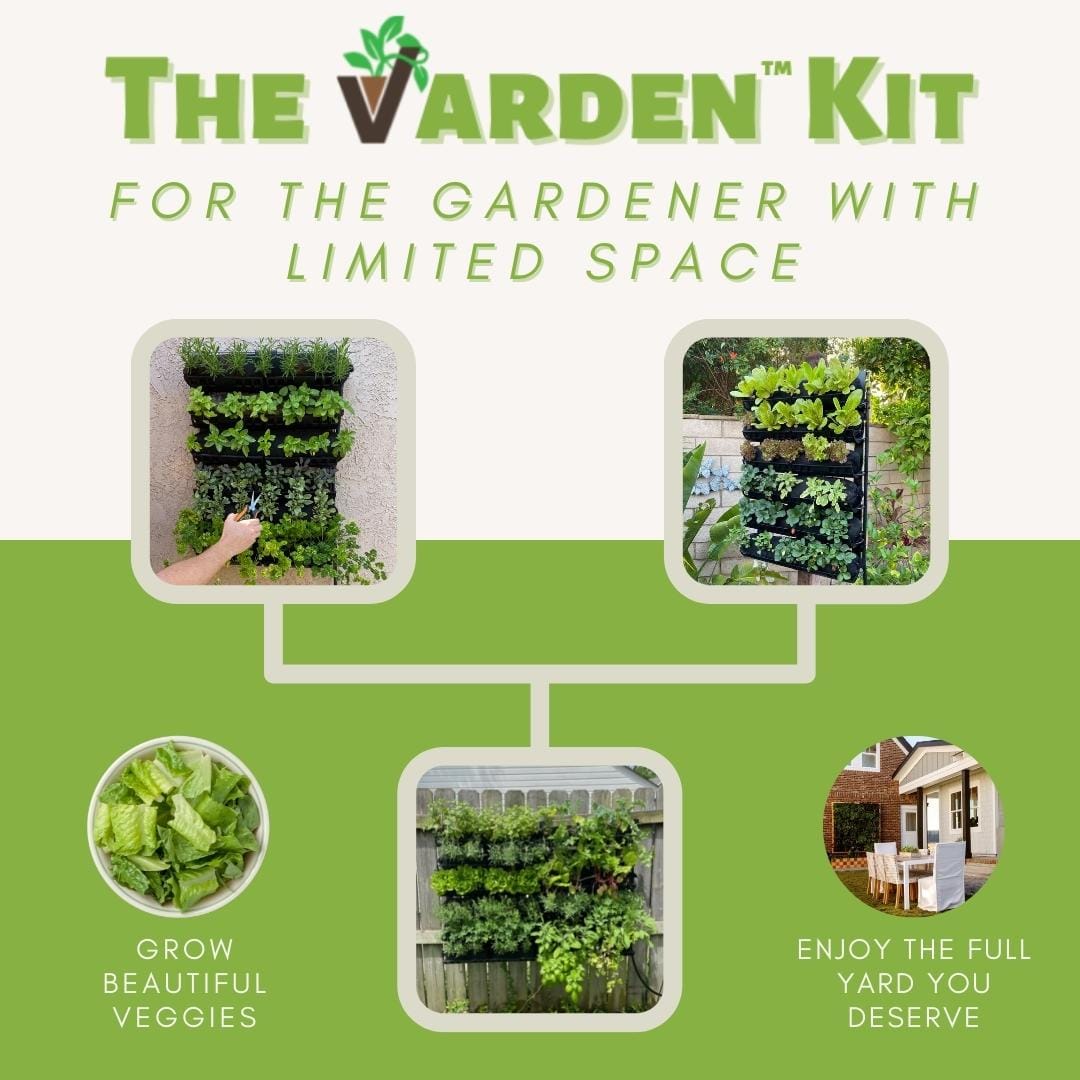
Raised beds or a simple garden planter can be another excellent choice for growing your own food. They do not require a large amount of square feet and are easy to set up. A huge benefit of using raised beds is adding your own growing medium. You can create a very diverse soil profile using compost mixed with leaves and sticks that will continue to break down over time. There are definitely a few downsides of growing in raised beds. They typically are not self-watering unless you have your own drip irrigation system attached to a water source and timer. These are particularly expensive when you initially fill them with soil. It can take a few cubic yards of soil during that first growing season, which can get pricey. Raised beds are great for those with disabilities that can’t necessarily get down on their knees in order to weed or harvest. They also provide a large growing area for crops such as; cucumbers, leafy greens, and watermelons that like to spread out. These can be a great backyard alternative to hydroponic tower gardens.
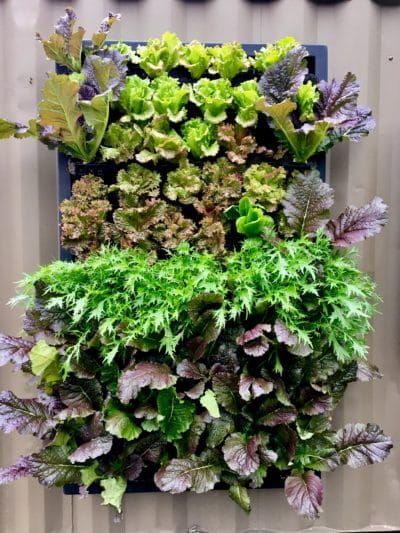
Vertical Gardens are becoming increasingly popular in urban areas that are tight on space, but are still highly productive. I prefer these to the hydroponic garden system since they utilize growing in soil. Growing in soil creates a more nutritious end product, while also retaining moisture. This will protect your plants from being lost during a power outage compared to a vertical hydroponic system, which needs a constant flow of water mixed with fertilizer. Vertical Gardens also allow you to select your own growing medium, which is a huge plus for those looking to grow organically. These systems make home gardening a breeze, even with limited space. They are typically easier to maintain than a traditional garden, and weed pressure is practically non-existent if your growing media is weed free to begin with. Disease pressure is considerably lower when growing vertically due to better air flow. Pests tend to be less of a problem due to them being hung up out of the way. Accessibility is another huge benefit, you can garden entirely from a standing position, no more bending over to tend your leaf greens. Finally, they bring beauty to those unused spaces on your garage, fence, or deck! Check out our Varden Kit, it is totally modular, and requires very little effort to grow your own food. We also have a line of indoor vertical garden systems; they make indoor gardening a breeze! The kit comes complete with grow lights to ensure a successful harvest. Make sure to do your research before selecting an expensive gardening setup. It is important to identify your needs, space, and level of experience when choosing the right garden for you. Check out our graphic to easily reference the pros and cons of each method.
